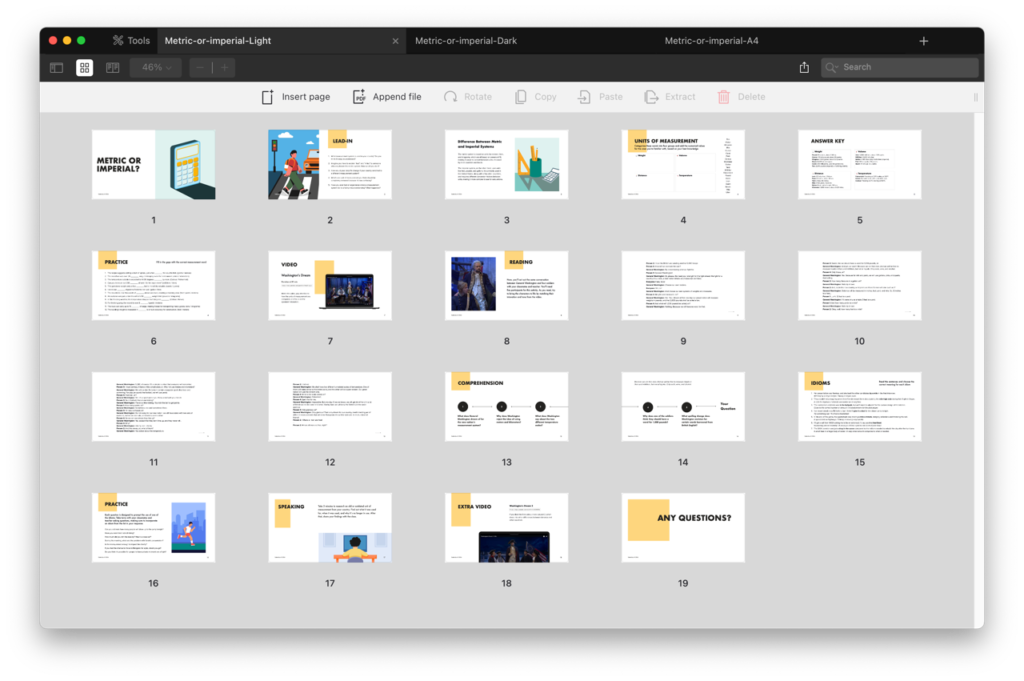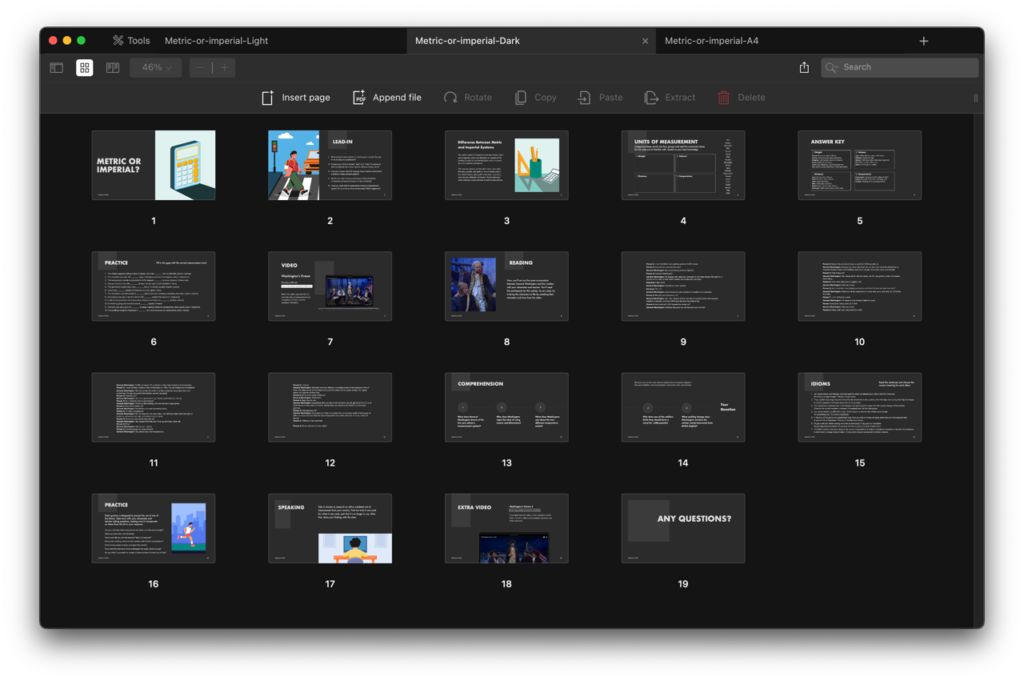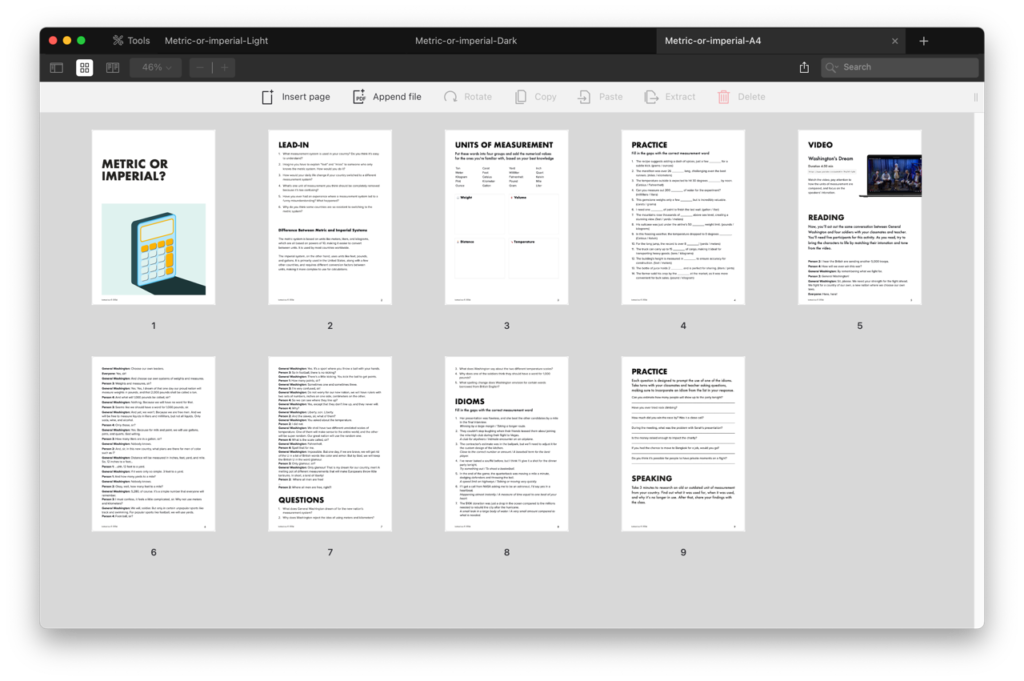Metric or Imperial?
In this C1-level ESL lesson, students will watch a funny SNL video that pokes fun at the confusion between the metric and imperial systems. They’ll dive into idioms related to measurements, like “a mile a minute” and “in the ballpark,” and practice using them in lively discussions. The lesson also includes role-play exercises where students read and act out the video transcript. By the end, they’ll have a better grasp of how to use these idioms naturally in conversations about measurements and everyday situations.
| Type | Level | Vocabulary | Video length | Lesson time |
| Regular Lesson | C1 / Advanced | 7 idioms | 2:27 min | 60-80 min |



Vocabulary
- A drop in the ocean
- Mile high club
- By a mile
- Give it a shot
- A mile a minute
- In the ballpark
- In a heartbeat
Contents
- Lead-in
- Short reading
- Units of measurement
- Answer key
- Practice
- Video
- Reading
- Comprehension
- Idioms
- Practice
- Speaking
- Extra video
Lead-In, Short reading
This advanced C1 ESL lesson on units of measurement kicks off with five engaging warm-up questions about the measurement systems used in your students’ countries. After these questions, students dive deeper into the topic, with a brief but insightful paragraph clarifying the key differences between the metric and imperial systems to ensure everyone is on the same page.
Units of measurement, Practice
The “Units of Measurement” page presents 20 terms for your students to categorize into four distinct groups. They will also add the numerical values for those they are familiar with, based on their own knowledge. Give them some time to work independently, and then move on to the next page, which reveals the answer key with the correct numerical values. After that, students will complete 12 gap-fill sentences, using the appropriate measurement terms to reinforce their understanding.
Video, Reading, Comprehension
The video in this lesson is a humorous SNL sketch called “Washington’s Dream.” Students will watch the video, focusing on how the units of measurement are used and paying close attention to the speakers’ intonation. Afterward, students will act out the same conversation between General Washington and four soldiers with their classmates and teacher. The activity requires five participants, but in a one-on-one class, students can take turns. Encourage them to match the speed and tone of the characters in the video. After the reading page, five comprehension questions will help check your students’ understanding.
Idioms, Practice
This lesson also introduces seven commonly used idioms related to measurements and associated terms. Students will read sentences and select the correct meaning for each idiom. Afterward, they will answer questions using the idioms from the previous page in their responses. This will help them apply the idioms in context and deepen their understanding of the topic.
Speaking
The speaking page asks students to conduct a brief online search to find an old and outdated unit of measurement that was once used in their country. They should research what the unit was used for, when it was in use, and why it is no longer used today. After a quick preparation, students will share their findings with the class.
Extra video
Finally, there’s an additional video that you can use however you see fit. You can assign it as homework, use it as an extension to this lesson, or incorporate it into your teaching in any way that aligns with your goals. Feel free to adapt it as needed for your students’ needs and learning objectives.



